Hanuman
And The Animation Principles PART ONE.
“ Live-action performers have charisma, an animated character has appeal.”
― FRANK AND OLLIE, THE ILLUSION OF LIFE
If I’ll ask you to go down memory lane and choose one Indian animated movie that you absolutely loved watching and adored as a viewer.
Then most probably, the one film that will instantly appear in your mind is none other than “Hanuman” released in the year 2005, directed by V. G. Samant and produced by Percept Picture Company and Silvertoons.

Hanuman, by far, is said to be the best full-length animated feature film in India, and no other movie managed to attain the popularity and success as it did.
As soon as the movie hit the silver screen, we were immediately swept away by the flawless direction, exquisite animation, and iconic characters.
And on top of that, the end credit song Mahabali Maharudra sung by Sonu Nigam and Kailash Kher adds a sense of inspirational touch to the film that helped it to establish its sound identity, making it a complete family entertainment.
We have all the reasons to love this movie as it possesses all the elements of a blockbuster. But what makes it so unique, and why no other film is still able to re-create the same supernatural experience and power we felt with Hanuman despite the age-old storyline we grew up hearing or watching.
And the answer to that question is “THE PRINCIPLE OF APPEAL.”
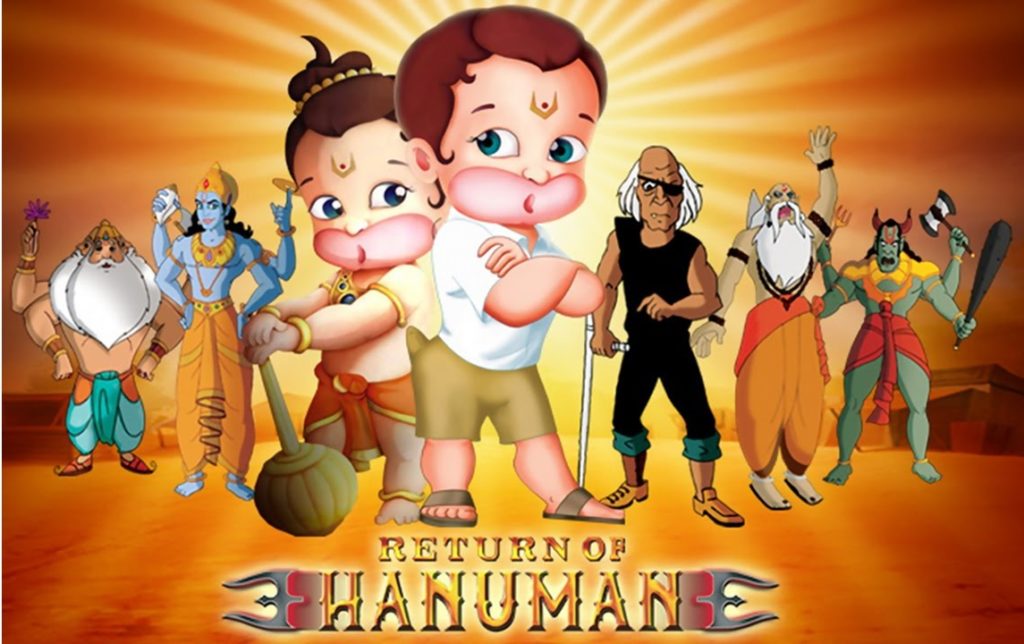
Animation works on some essential tools and mechanisms known as “The Twelve principles of animation” that were first led down and published in the animation Bible “The illusion of Life.” Written by Frank Thomas and Ollie Johnston, two of the key animators out of nine old men at Disney during the Golden Age of animation.
The animation principles they presented in the book have a universal framework that can fit in the mold of any design and process and has been used since then in the art of animation.
Before we try to comprehend how the principle of appeal contributed so immensely to the success of Hanuman, let us first have a brief look at all other animation principles to have a better understanding of the working process of this craft for everyone interested in exploring the groundwork needed in this discipline.
1-Lets us start with the most versatile and fundamental techniques called Squash and stretch.

The purpose of squash and stretch is to provide a sense of weight and flexibility to drawn objects like something as simple as a bouncing ball or more complex constructions, like the musculature of a human face.
In simple words, this effect gives animation an elastic life-like quality to imitate the real-life quality of a distorted object when it is acted upon by an outside force, but with a hint of an exaggeration to give it a comical effect.
2-Next comes to the animation principle of “Anticipation” which helps audiences to prepare for what’s about to happen.
For example, imagine you’re about to swing a cricket bat. What’s the first thing you do? Do you pull your hands back to wind up? Twist your shoulders in the opposite direction? That’s anticipation!.
As the action in animation can be very fast that can be missed and can get unnoticed. Anticipation draws the viewer’s attention and enables them to clearly see the character’s action and understand what the character is planning to do so that each movement does not come as a sudden surprise.

3-And every action the character undertakes should be carefully matched within the scene with the support of the next principle, that is, “Staging.”
Now, staging isn’t just limited to animation; it’s a core part of any artwork and filmmaking. Its purpose is to direct the audience’s attention and make it clear what is the most important thing in a scene that effectively advances the story.
In simple terms, it’s the combination of the position of the camera angles, colors, contrast, characters, and the props we need to show within the scene and blurring out what’s not important.

4-Once the stage is set, we move forward to the next animation principle, called “Straight Ahead Action and Pose-to-Pose.”
Now, this principle is related to actual work that goes into animation and deals with the technical aspect of it, but it’s relatively simple to explain. There are two ways to animate anything; the first is the Straight ahead method.
In this approach, animators draw each frame of an action one after another from start to finish. Whereas in the pose to pose way, animators draw the extreme poses, that is, the beginning and end drawings of action, then they go on to the middle frame and start to fill in the frames in-between.

5-And once the key actions are choreographed, follow-up movements are added with the help of the fifth principle, called “Follow through and overlapping action.”
This is the part where the laws of physics are obeyed, which help to render movement more realistically. The basic idea behind this is that when an object or a character stops after being in motion.
The loosely attached part of the body, like long hair, clothes, and hanging accessories, will continue to move beyond the stopping point of the main object or character and take a longer time to settle down and come into a state of rest.

6-The follow-through and overlapping action really help to make the motion look organic, which is assisted by the sixth animation principle called “Ease in and ease out.”
Ease in is a slow acceleration into motion, and ease out is a slow deceleration of that motion. The simple way to understand this principle is by imagining how a car works. It will start moving slowly, before gaining momentum and speeding up.
The opposite will happen when the vehicle comes to a stop. In animation, this moment is achieved through the proper spacing of the frames that is the distance between each frame.
For example, if you look at the picture below, you will see that more lines that represent the keyframes are drawn near the beginning and end of action, and very few in between them.

This effect helps to achieve more real-life-like motion, which, if blended with our next principle, works very well that we will have a look at in our next chapter.
Yes, the animation principles laid down here are just halfway road leading to the destination we need to arrive at. But there are a lot more subtleties and world-building we need to explore to achieve the experience the creators of Hanuman undertook to make it so memorable.
So I will encourage you to read this chapter once again until you grasp it to the fullest before turning the page to the next chapter that will reveal the following six animation principles without which animated movies wouldn’t be what we see today.
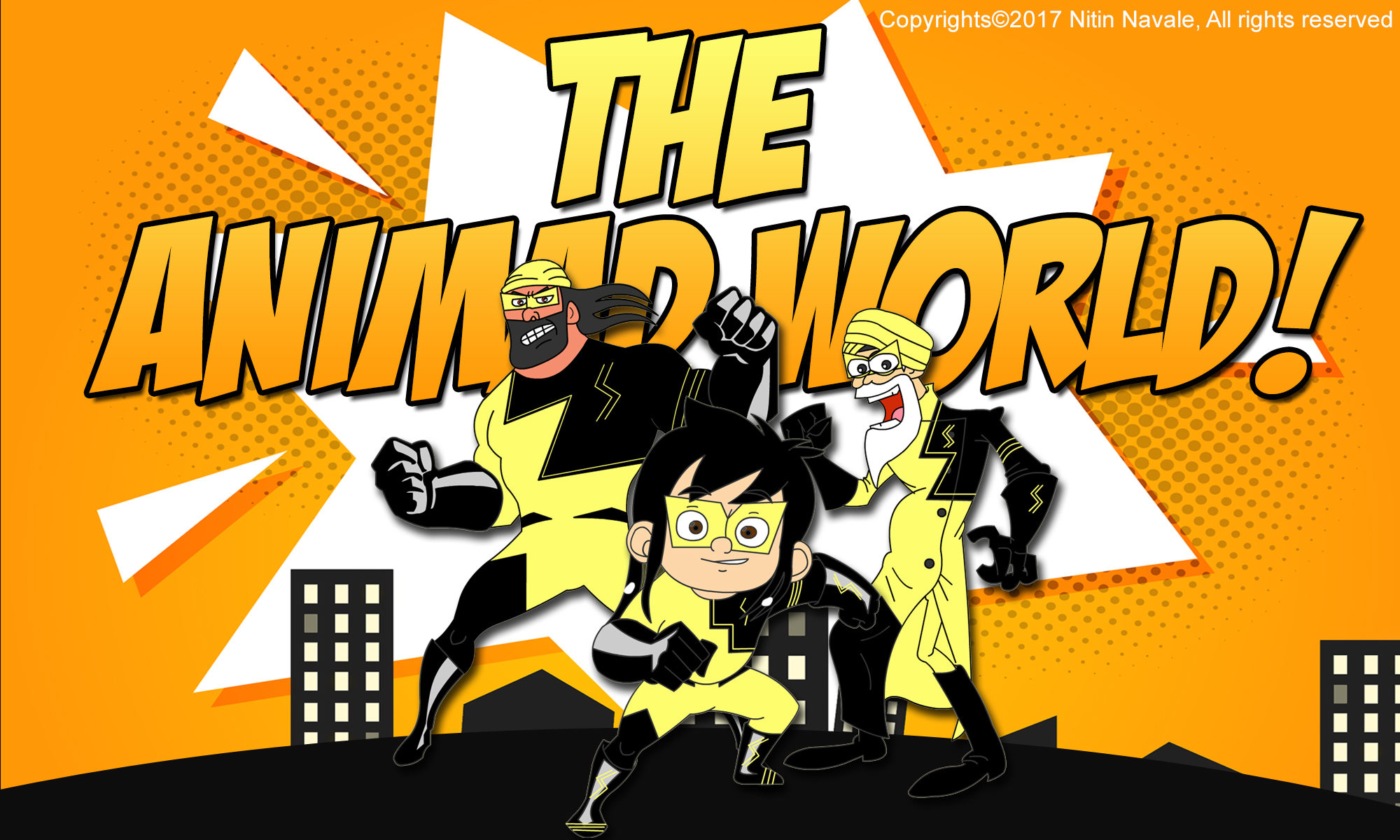


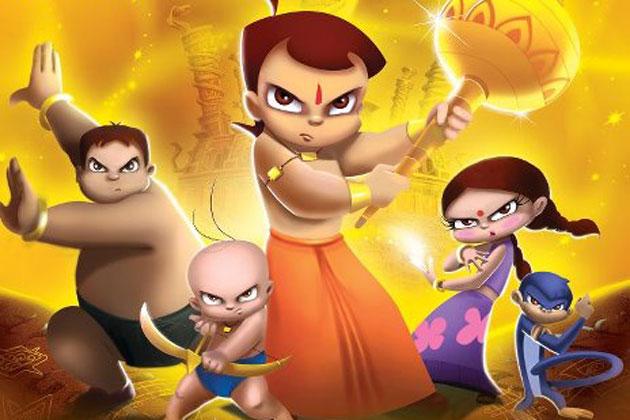
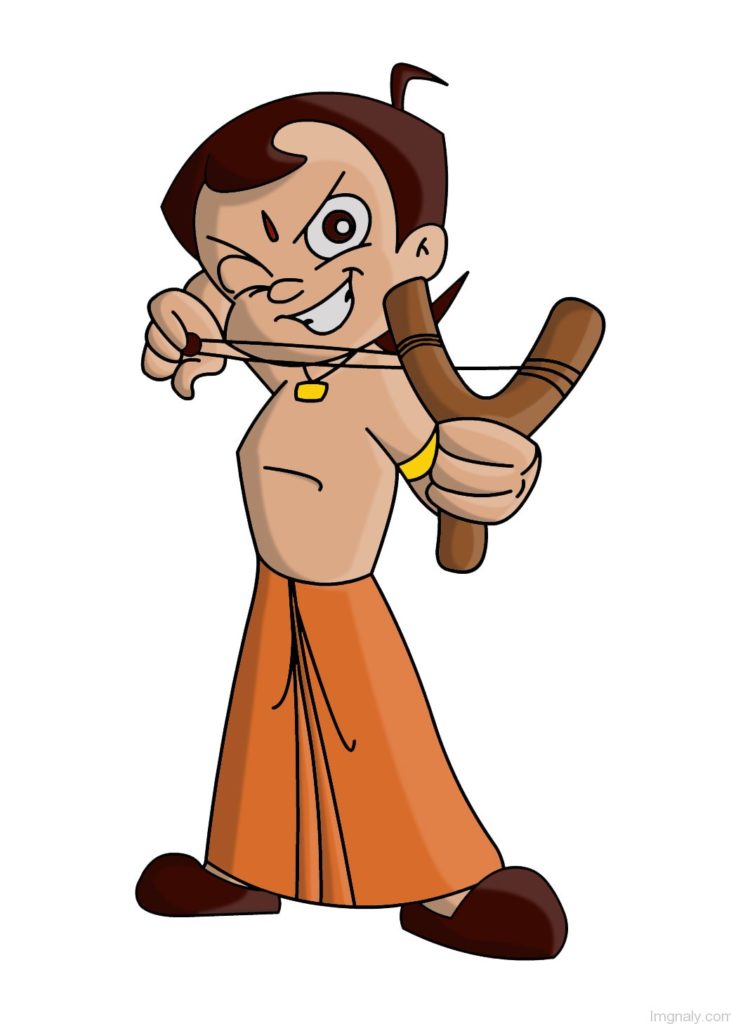
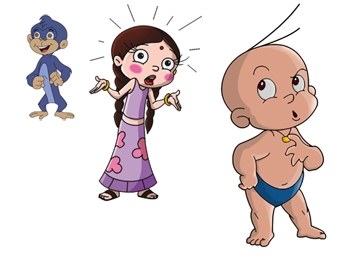
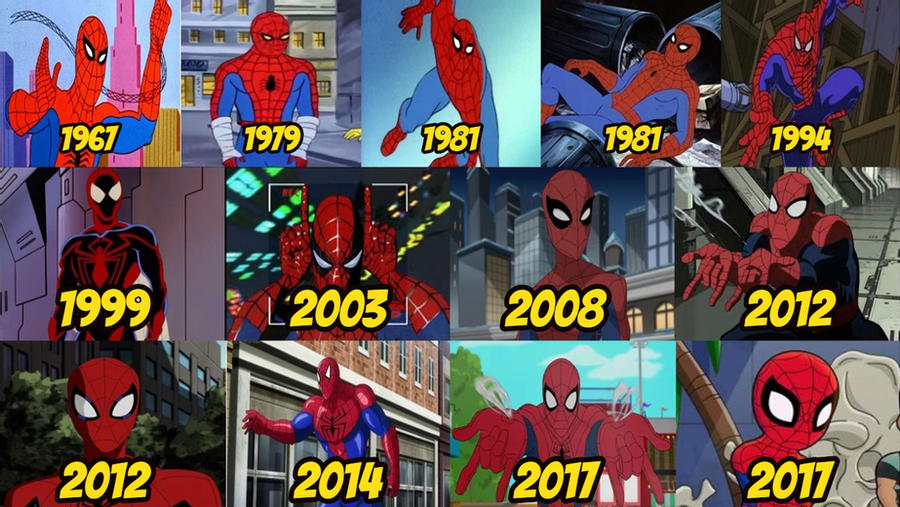


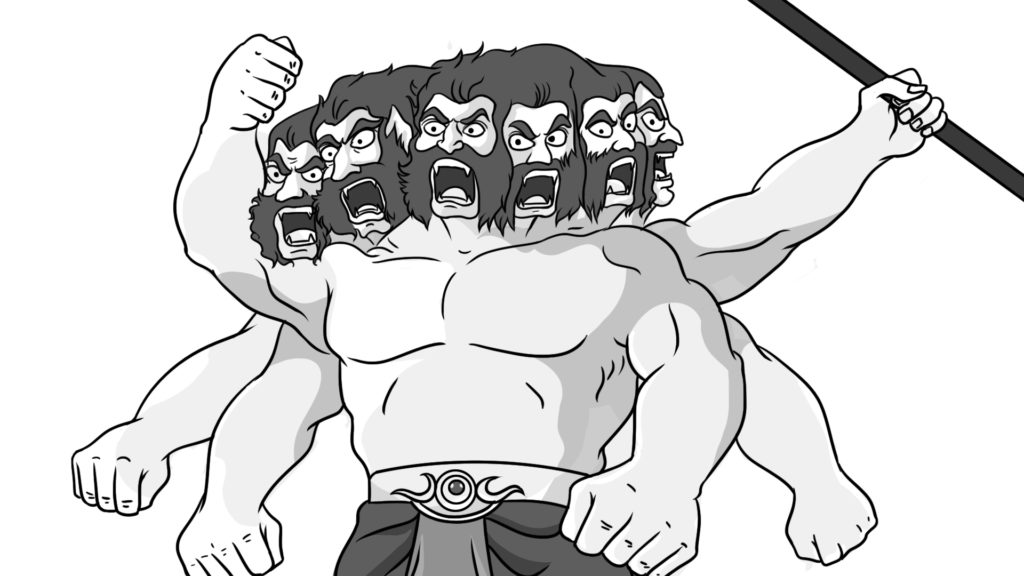
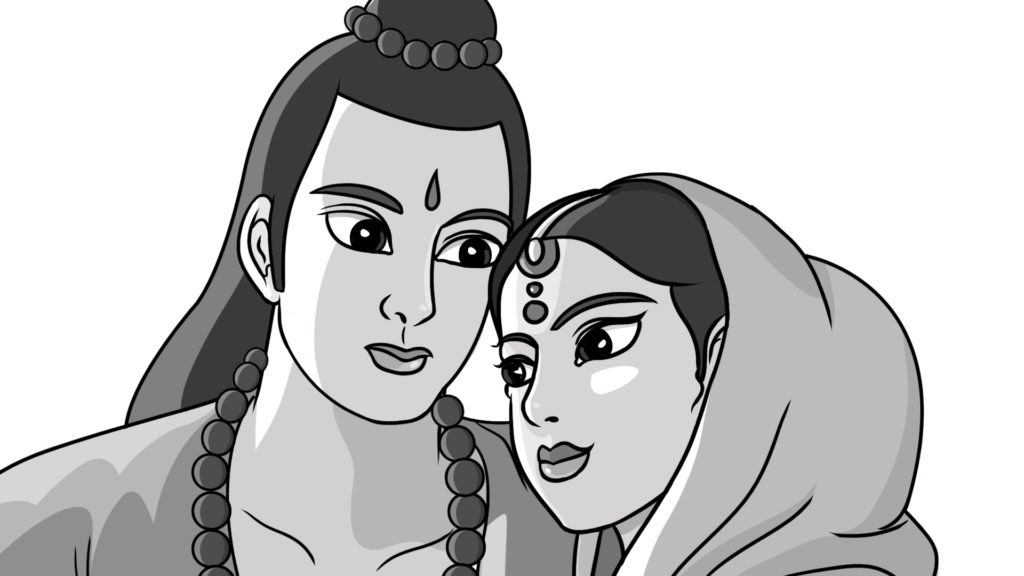 But next came the tricky part: The studio wanted to alter the storyline, sending Ram and Sita into the forest for their honeymoon and substituting the entire myth of fourteen-year exile or Sita’s abduction. They wanted to turn it into a straight adventure concept despite it being a perfect plot in all sense. The producers and Yugo disagreed with it and parted away with the studio as it was clearly against their sensitivity, which eventually prevented it from gaining a wider release.
But next came the tricky part: The studio wanted to alter the storyline, sending Ram and Sita into the forest for their honeymoon and substituting the entire myth of fourteen-year exile or Sita’s abduction. They wanted to turn it into a straight adventure concept despite it being a perfect plot in all sense. The producers and Yugo disagreed with it and parted away with the studio as it was clearly against their sensitivity, which eventually prevented it from gaining a wider release.
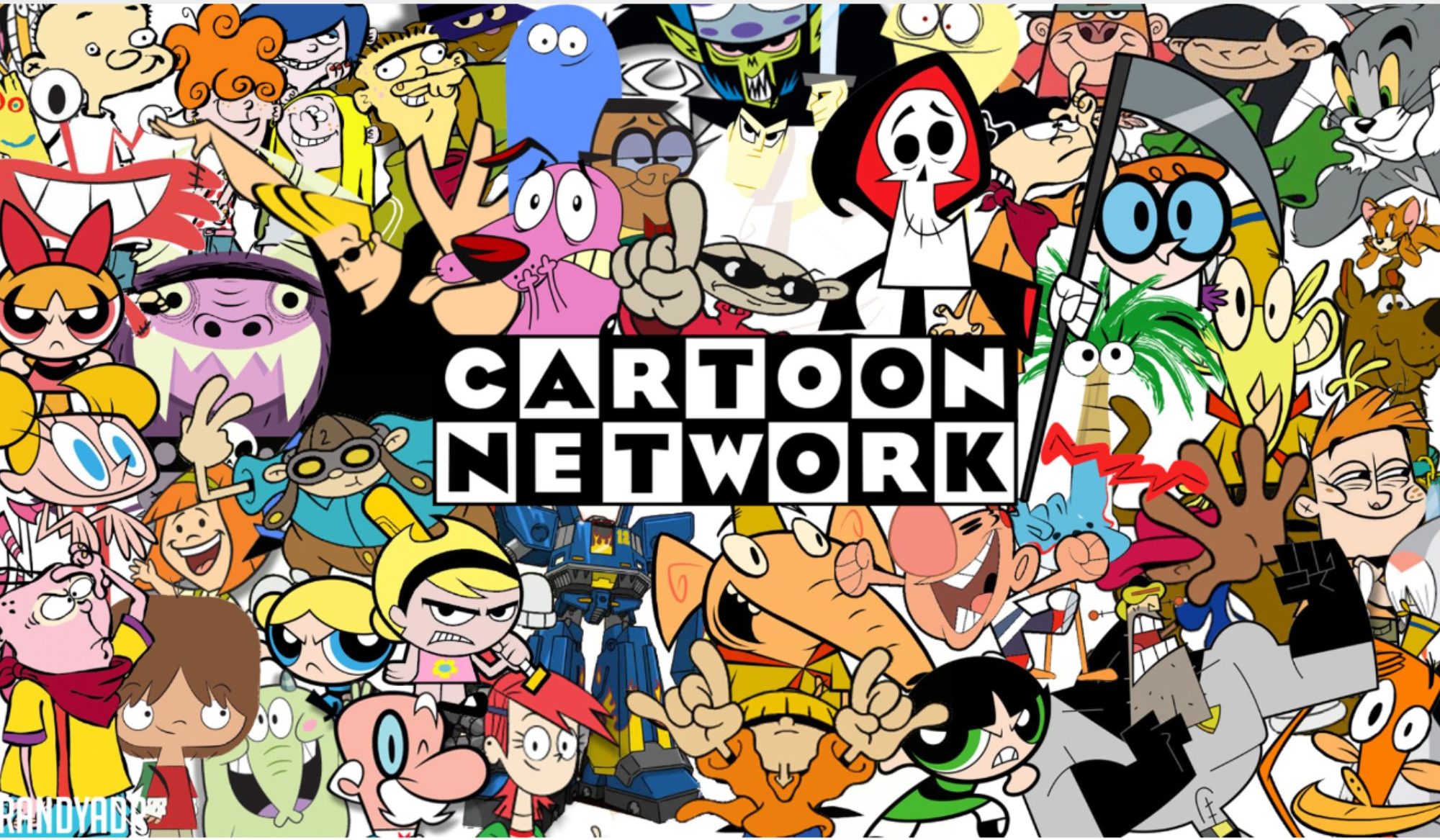

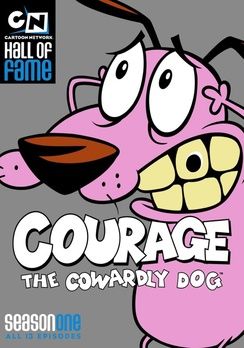



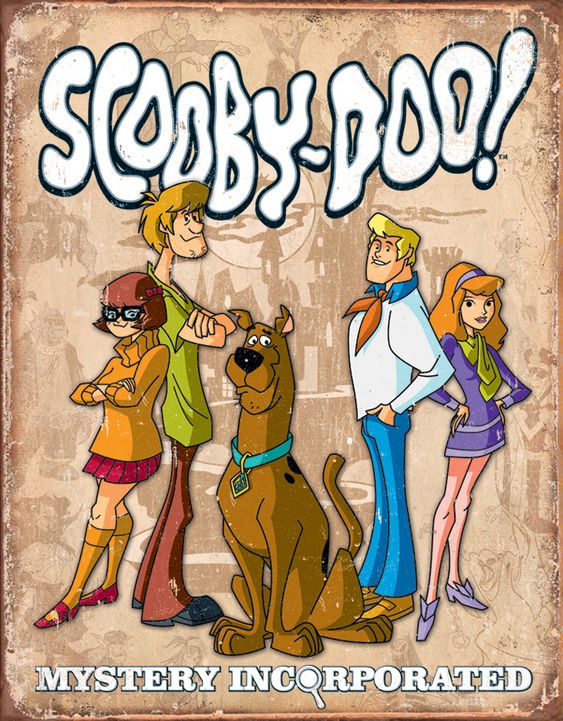


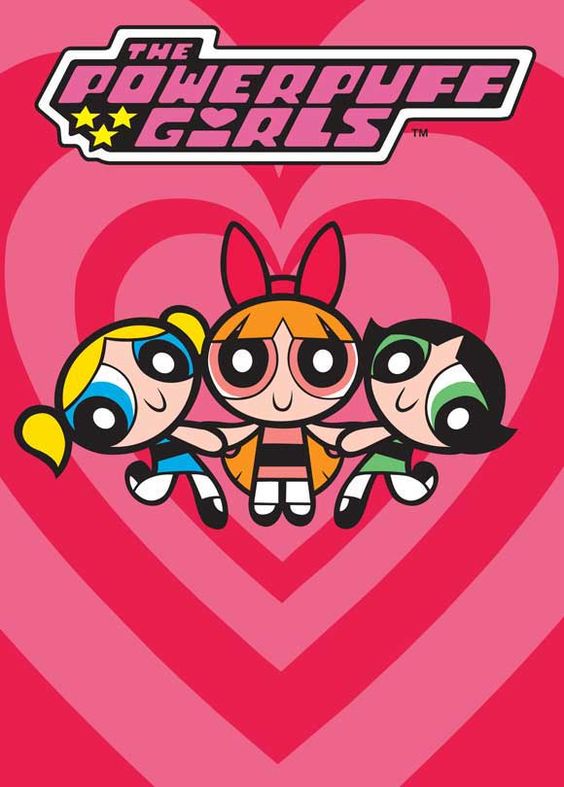






 •1) Change the field: –
•1) Change the field: –  •2) Keep patients: –
•2) Keep patients: –  •3) Be the change: –
•3) Be the change: – 
